We’ve come a long way since 2010. Back then, Pope Benedict XVI was five years into his pontificate, there were still 10 Jesuit provinces in the U.S., Peter Faber was just “Blessed,” and no one had heard of the name Missy Franklin.
As we continue to kick off the new decade and look back on the last one, here is a completely subjective TOP TEN list of the biggest Jesuit events of the 2010s.
- U.S. Jesuit Provinces Reconfigured
 Wait- you didn’t know this had happened? Fair enough.
Wait- you didn’t know this had happened? Fair enough.
If you don’t work at a Jesuit institution, this probably hasn’t been on your radar. But since 2008, the Jesuits in the U.S. have been working to reorganize across the country. At the start of the decade, there were still ten Jesuit provinces in the U.S.
As we close the decade, mergers have cut that number in half, and this summer will be the final move to form the U.S.A. East Province and finish the reorganization with four new provinces: East, Midwest, Central and Southern, and West.
Much of this was a response to the simple reality that there are fewer Jesuits today than there were fifty years ago. But it has also been an attempt to lessen the number of Jesuits in “internal ministry” working in province offices and such, which allows more Jesuits to be collaborating in our institutions and other ministries. Plus, advances over the decades in travel and communication have made it much easier to coordinate projects across regions of the country.
- Jesuit Sports Successes

CNS photo/Dominic Ebenbichler, Reuters
The 2010s have been a tremendous decade for Jesuit schools and our alumni. Missy Franklin (Regis Jesuit, 2013) took the country by storm during the 2012 London Summer Olympics, winning four gold medals and a bronze at just 17 years old. Jordan Speith (Jesuit Dallas, 2011) burst onto the stage in 2014 when he made his debut at the Masters and finished in second place. He won the event the following year as the first of three major championships.
In college basketball, who can forget Sister Jean? The beloved then-98-year-old chaplain of the Loyola University Chicago men’s basketball team became an international sensation as the team made a shocking run to the Final Four in 2018 as the 11-seed. Just a year earlier, the Gonzaga Bulldogs finished second in March Madness, narrowly losing to North Carolina in the title game.
Last summer, the country was enraptured by the U.S. Women’s National Team that won the World Cup in France, with Julie Ertz (Santa Clara, 2014) leading the way. Ertz was named the National Player of the Year in both 2017 and 2019.
Other recent phenoms have included Matthew Boling (Strake Jesuit, 2019), who set the high school record in the 100m sprint and is looking to compete in the 2020 Summer Olympics in Tokyo, and Fran Belibi (Regis Jesuit, 2019), who became only the second woman to win the dunk contest at the McDonald’s All-American game last March.
- MAG+S Expands Its Global Reach
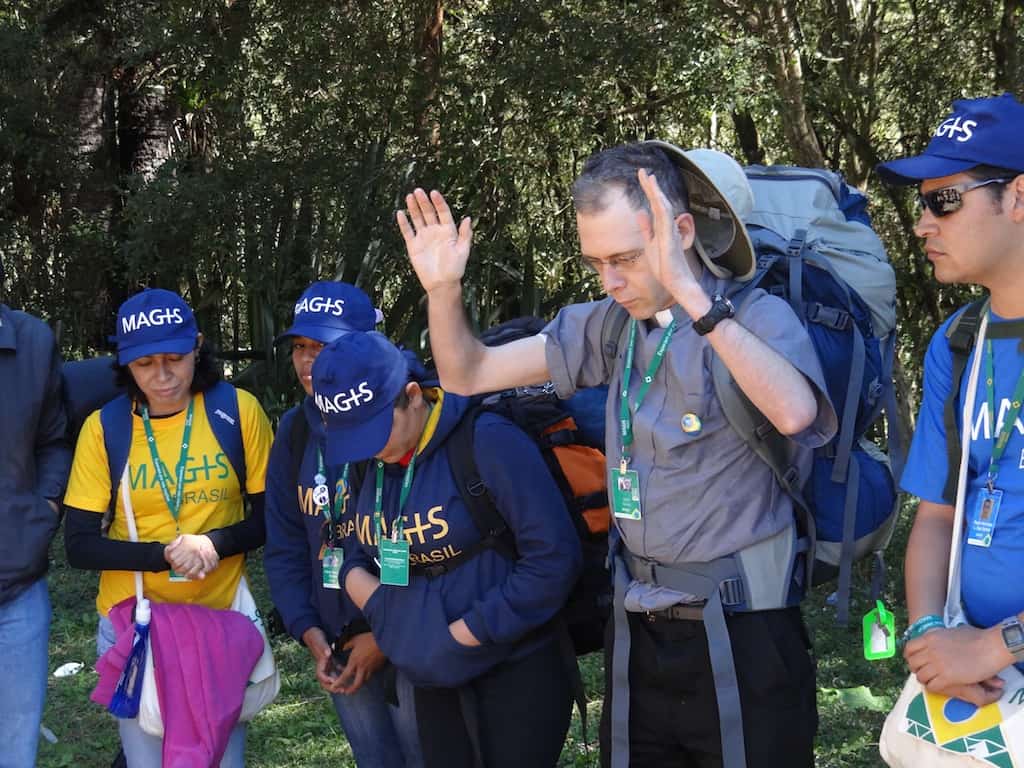 MAG+S is a Jesuit-sponsored event for young adults in preparation for World Youth Day (WYD), which is an encounter with the Pope celebrated every 2-3 years in a different country. Thousands of youth journey from across the world to participate in WYD. The MAG+S program began in 1997, when Jesuits invited young people from colleges and parishes to join in a pilgrimage before WYD in Paris.
MAG+S is a Jesuit-sponsored event for young adults in preparation for World Youth Day (WYD), which is an encounter with the Pope celebrated every 2-3 years in a different country. Thousands of youth journey from across the world to participate in WYD. The MAG+S program began in 1997, when Jesuits invited young people from colleges and parishes to join in a pilgrimage before WYD in Paris.
MAG+S continues to be organized by the local Jesuit provinces where WYD has been held in the days leading up to the event. In the 2010s, MAG+S was hosted in Spain (2011), Brazil (2013), Poland (2016), and most recently in Central America (2019), where participants spread out across five countries before convening in Panama for WYD. Next stop? Portugal in 2022! Save the date!
- Jesuit Publications
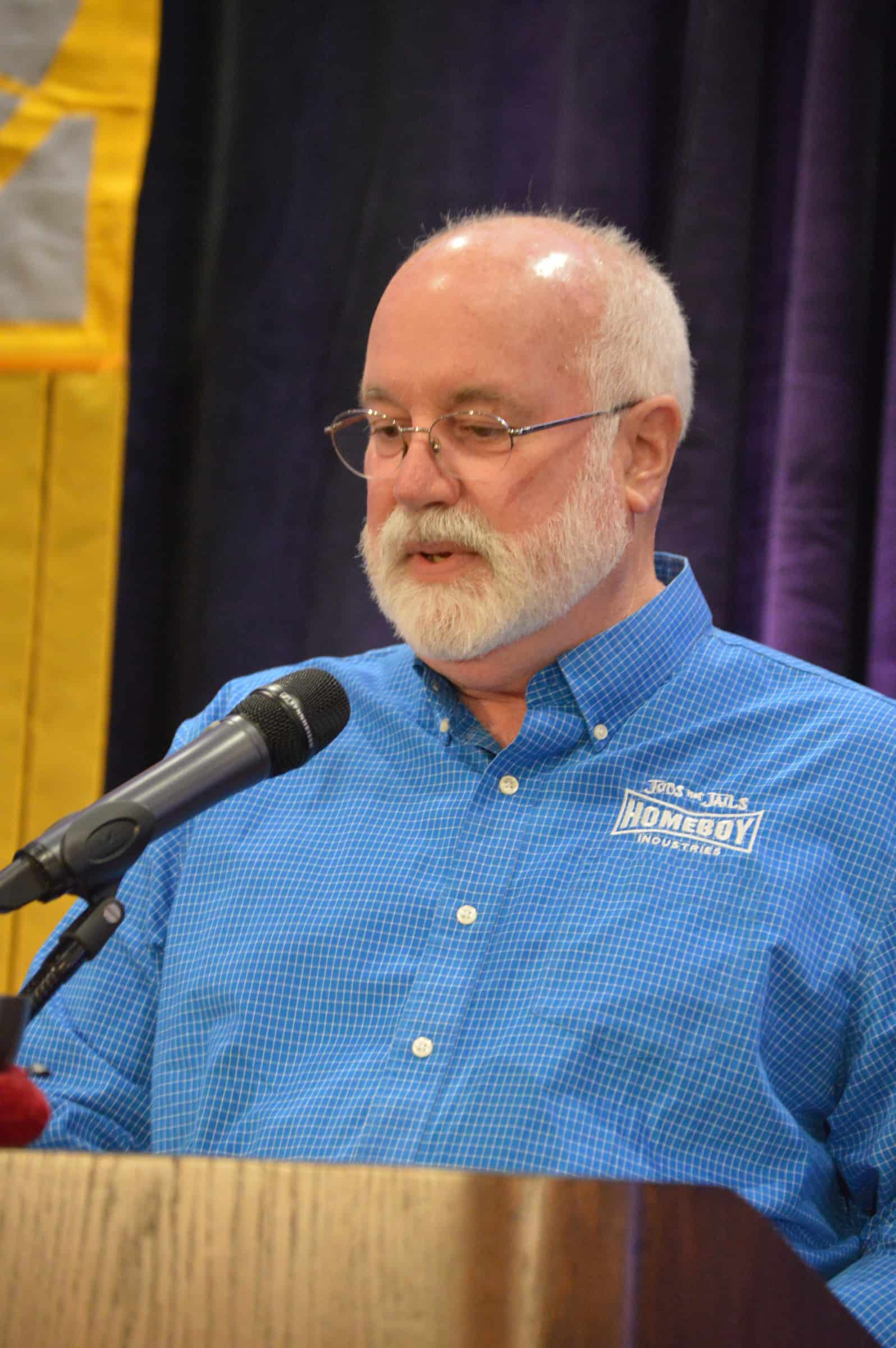
CNS photo/courtesy Paul Leingang
Every year there are scores of books published by Jesuits, about Jesuits, or on the broader topic of Ignatian spirituality. It would be too tough of a challenge to mention all the major publications of the past decade, but a couple of highlights come to mind.
Greg Boyle, S.J., published his book Tattoos on the Heart in 2011. In the book, Fr. Boyle shares from his 20+ years of experience running Homeboy Industries, a gang-intervention program in Los Angeles. With moving narratives seen through the lens of faith, Fr. Boyle points to the kinship that we all share and the tremendous power of boundless compassion.
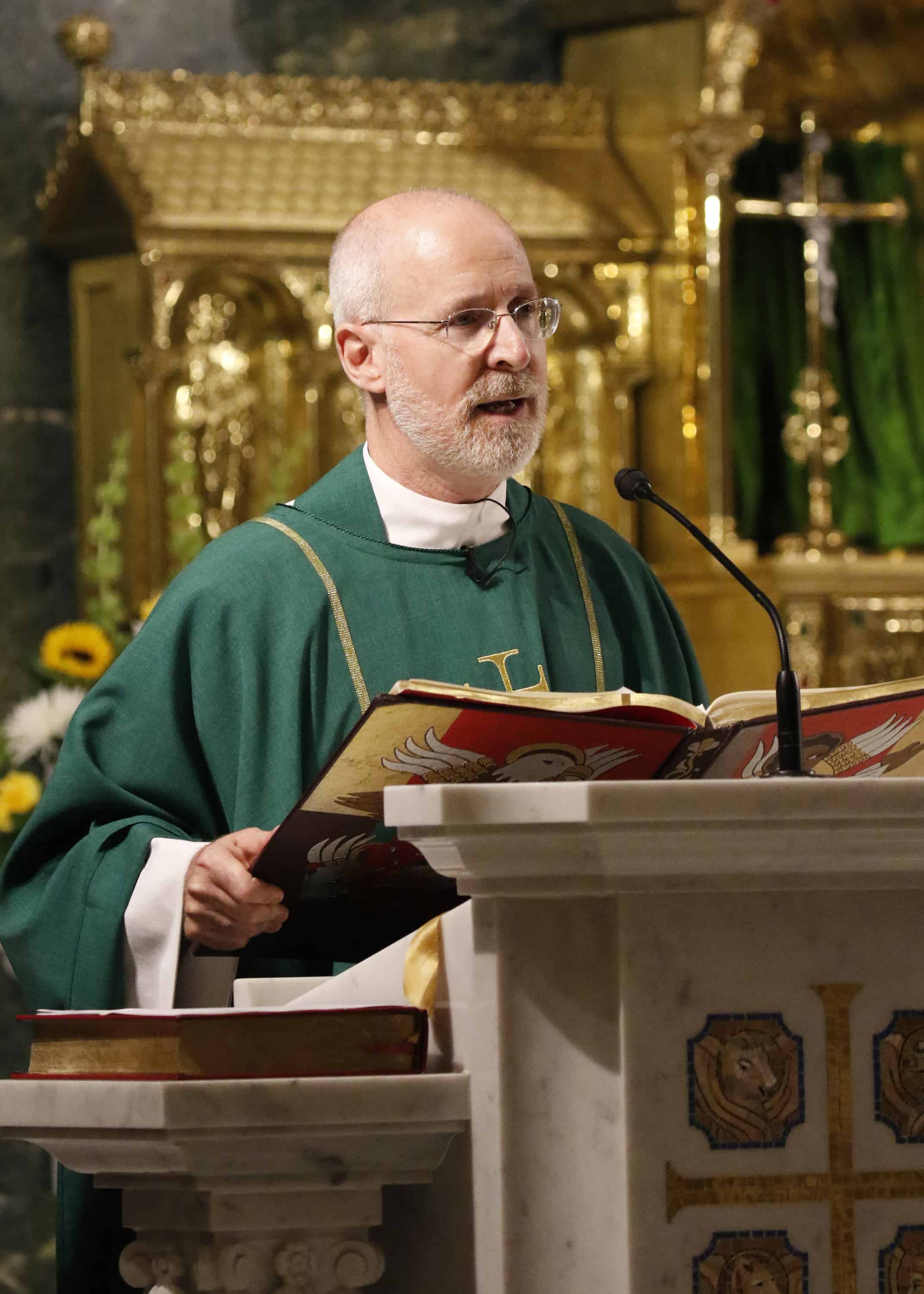
CNS photo/Gregory A. Shemitz
James Martin, S.J., Editor at Large for our parent company America Media, had a busy decade of publishing. He kicked things off in 2010 with the publication of A Jesuit Guide to (Almost) Everything, an accessible read for anyone wanting to learn more about the Jesuits and an Ignatian approach to the world. But it has been his advocacy for the LGBT+ community that has received the most attention lately (including a face-to-face with Pope Francis!), which springboarded off the publication of Building a Bridge. This short book published in 2018 turns to the call of the Catechism for respect, compassion, and sensitivity in order to provide a roadmap for how the Catholic Church and LGBT+ community can come together.
- New, Exciting Apostolic Ventures for the Society of Jesus
Most Jesuit institutions in the U.S. have been around for a while. For example, Georgetown University was founded in 1789! But there were a handful of exciting new projects that launched in the 2010s.
 In 2015, Loyola University Chicago launched “Arrupe College,” which offers a two-year associate’s degree to students with limited financial resources as a catalyst to a baccalaureate college. Roughly 90% of students carry no debt after completing the two years, and most of them are the first of their families to attend a higher-ed institute.
In 2015, Loyola University Chicago launched “Arrupe College,” which offers a two-year associate’s degree to students with limited financial resources as a catalyst to a baccalaureate college. Roughly 90% of students carry no debt after completing the two years, and most of them are the first of their families to attend a higher-ed institute.
 Another innovative project began in 2010 with the creation of the Jesuit Commons: Higher Education at the Margins. This project, since renamed Jesuit Worldwide Learning (JWL), offers online programming from U.S. Jesuit universities to refugees and impoverished communities in 14 countries around the world. JWL offers English language courses, professional certificates, and degrees. Since its founding, JWL has served over 5,000 forcibly displaced and other marginalized persons, 50% of whom are women.
Another innovative project began in 2010 with the creation of the Jesuit Commons: Higher Education at the Margins. This project, since renamed Jesuit Worldwide Learning (JWL), offers online programming from U.S. Jesuit universities to refugees and impoverished communities in 14 countries around the world. JWL offers English language courses, professional certificates, and degrees. Since its founding, JWL has served over 5,000 forcibly displaced and other marginalized persons, 50% of whom are women.
While the Ignatian Family Teach-In for Justice has been around since 1996, it made a big move in 2010. Before then, the Teach-In was held annually at the School of the Americas in Fort Benning, GA. But in 2010, the decision was made to move the event to Washington, D.C., to expand its scope and add an advocacy day on Capitol Hill with meetings at congressional offices. The event, organized by the Ignatian Solidarity Network, has grown to roughly 2,000 participants, making it the largest Catholic social justice gathering in the U.S.
And if these new, exciting ventures weren’t enough for you…
- The Jesuit Post Is Born!
 (Okay, we’re a little biased!)
(Okay, we’re a little biased!)
In the early part of the decade, a group of young Jesuits were brainstorming new ways to minister in the digital world. An idea was hatched, and The Jesuit Post (TJP) was born! We began publishing articles in 2012, contributing to the online conversation on faith and culture.
TJP has evolved over the course of the decade. We have grown our social media presence on platforms like Facebook, Twitter, and Instagram. We have strengthened our relationship with America Media. We have expanded our video content, including the popular “One-Minute Homily” series. Through it all, we remain a work of young Jesuits in formation, all of whom contribute to TJP on a volunteer basis while continuing with their primary missions of studies or apostolic ministry.
- New Jesuit Saints Are Canonized
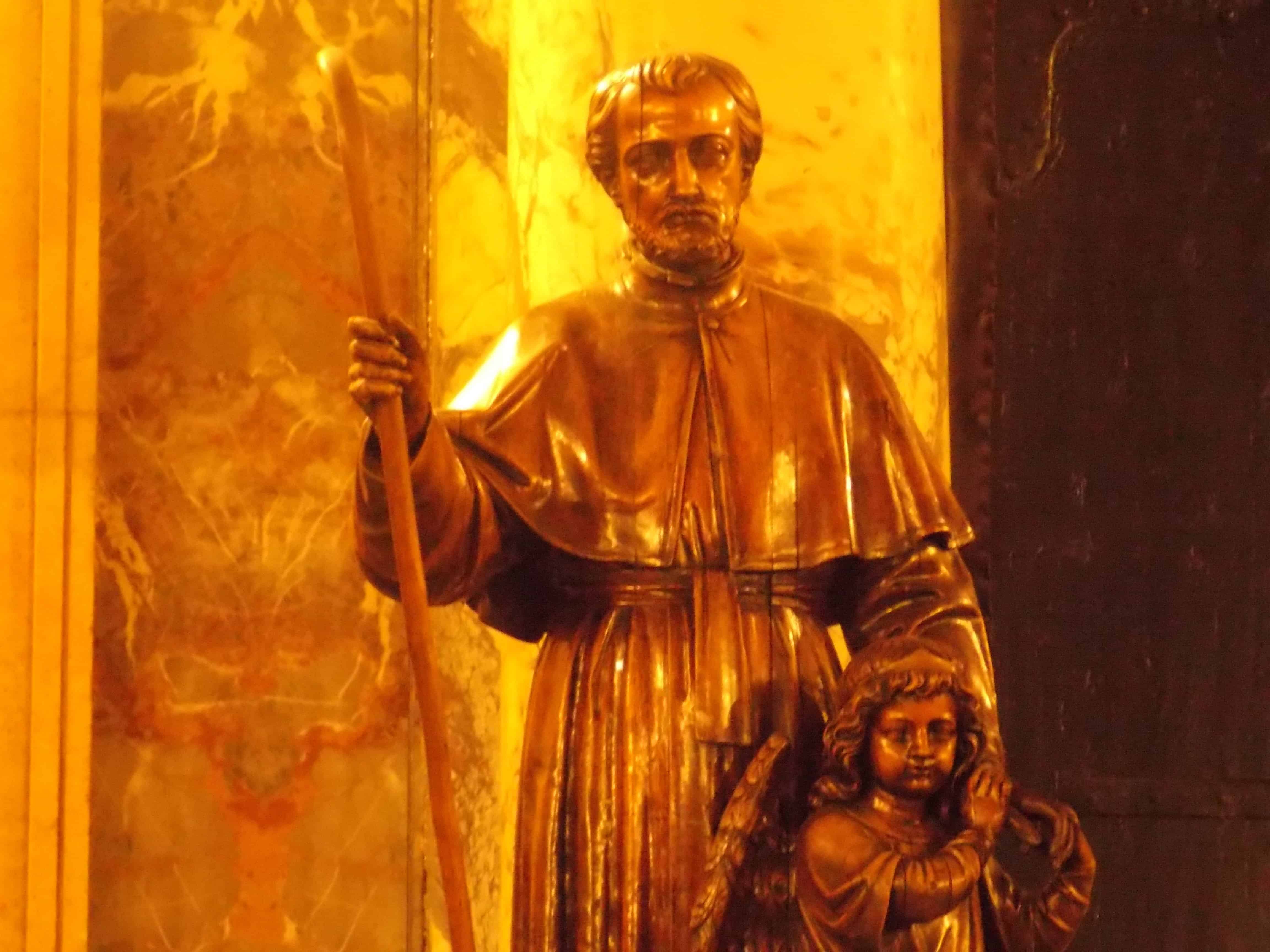
FlickrCC user René Micallef
Peter Faber, S.J., was one of the original companions of St. Ignatius and was well known for his skill at directing people through the Spiritual Exercises. He was a roommate at the University of Parish with Francis Xavier and later Ignatius as well. The three are often considered the co-founders of the Society of Jesus. Nonetheless, Faber wasn’t beatified until 1872, over 150 years after Xavier and Ignatius became saints. And it wasn’t until Pope Francis became pope that Faber (one of Pope Francis’s favorite saints!) was finally canonized in 2013.
Faber wasn’t the only Jesuit to be canonized in the 2010s. Jacque Berthieu, S.J., a French missionary to Madagascar, was canonized in 2012 by Benedict XVI. José de Anchieta, S.J., a 16th c. Spanish missionary to Brazil, was canonized in 2014 by Francis. Most recently, André de Soveral, S.J., was canonized in 2017 by Francis as part of a group of thirty martyrs of Natal, killed for the faith in northern Brazil in 1645.
Sts. Peter Faber, Jacque Berthieu, José de Anchieta, and André de Soveral, pray for us.
- Peter Hans Kolvenbach, S.J., Dies
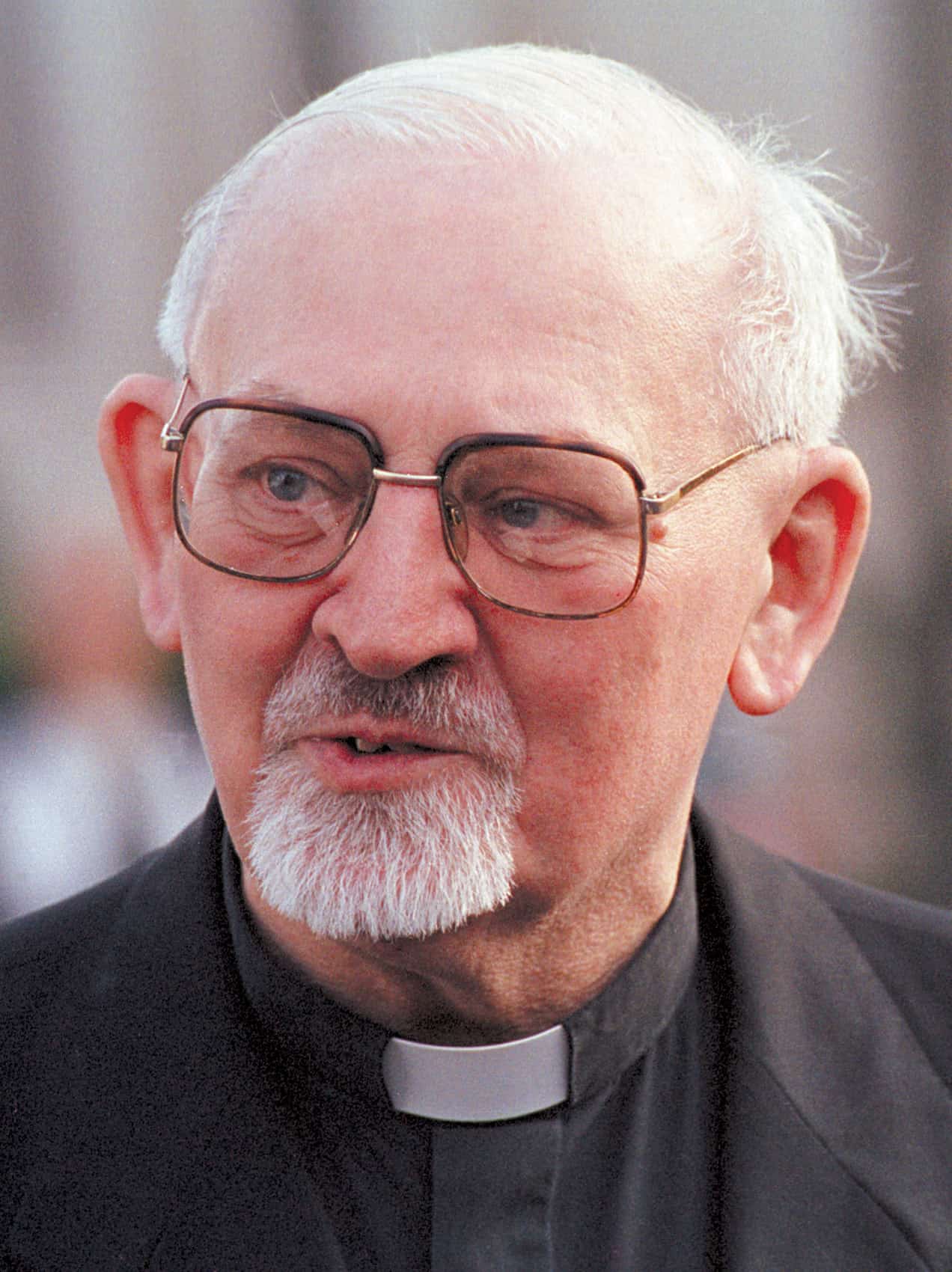
CNS photo/Greg Walker, Spring Hill College
The 29th Superior General of the Society of Jesus, Peter Hans Kolvenbach, S.J., died in 2016 at the age of 88. He was elected to lead the Jesuits at the 33rd General Congregation in 1983. It was a delicate time in the Society of Jesus. The previous Superior General, Pedro Arrupe, had suffered a stroke two years earlier and wanted to resign due to his frail health. Pope John Paul II intervened, rejected Arrupe’s proposed successor, and named an interim leader until the election of Kolvenbach.
A consummate politician, Kolvenbach navigated the Vatican with grace and ease. He served as Superior General for over 24 years. Shortly after Benedict XVI became pope, Kolvenbach was granted permission to step down. A Superior General is elected to serve until death, but Kolvenbach became just the second to resign office while still alive. He was succeeded by Adolfo Nicolás, S.J., who was elected in 2008. Kolvenbach spent his final years working quietly in the library of a Jesuit university in Beirut, Lebanon.
- 36th General Congregation and the Election of Arturo Sosa, S.J. as Superior General
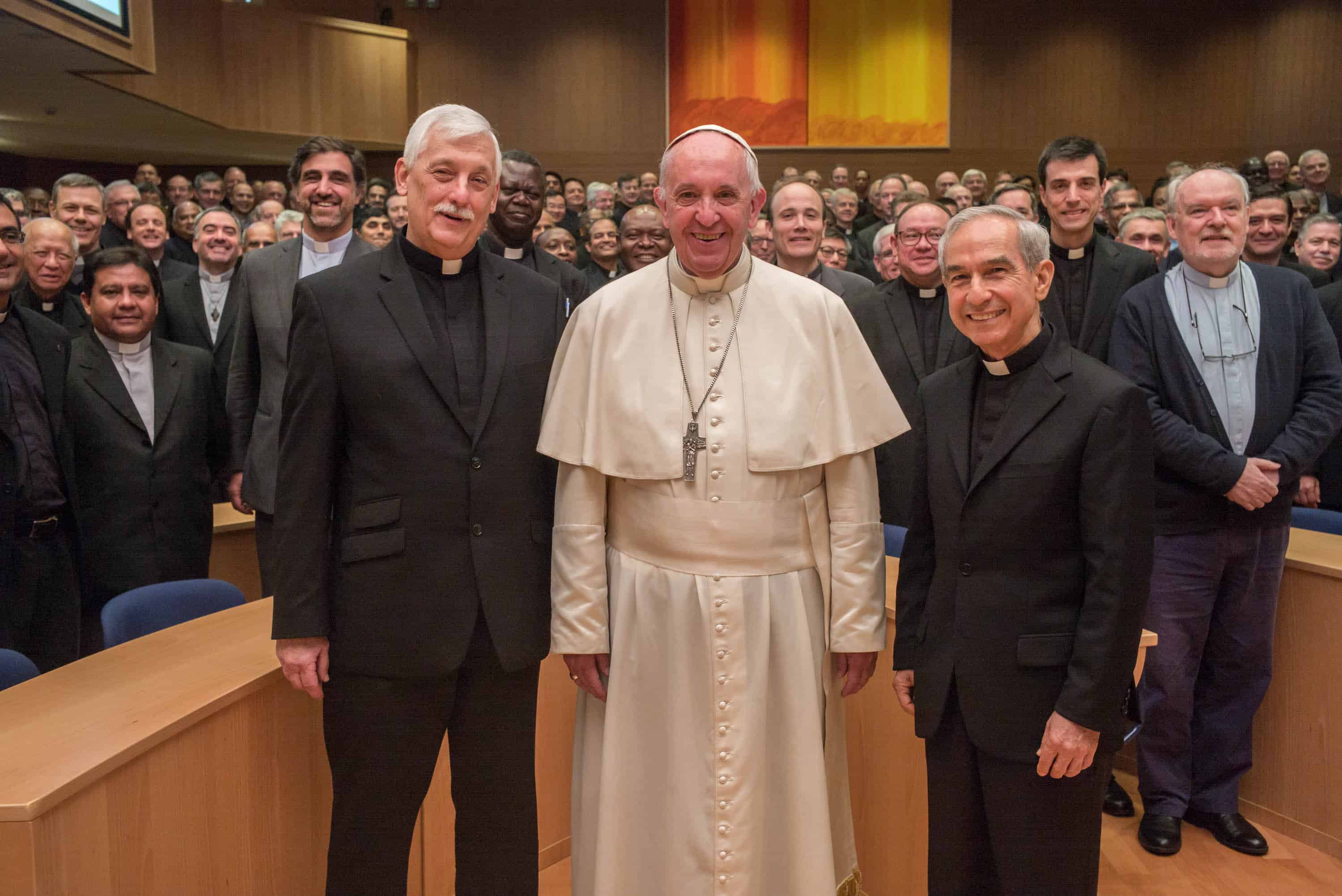
CNS photo/Itua Egbor, S.J.
Following Kolvenbach’s lead, Superior General Adolfo Nicolás, S.J., consulted with Pope Francis and announced in 2014 that he, too, would step down from office while still alive. He convoked the 36th General Congregation of the Society of Jesus for October 2016, where he officially resigned. At the Congregation, Arturo Sosa, S.J., from Venezuela was elected as the new Superior General, making him the first one from outside the European continent.
Along with the election of Sosa, the Congregation published decrees on the ministry of reconciliation and justice and renewed governance for mission. The Congregation also published a letter of praise for the witness of peace offered by Jesuits living in zones of war and conflict.
- Pope Francis Is Elected!
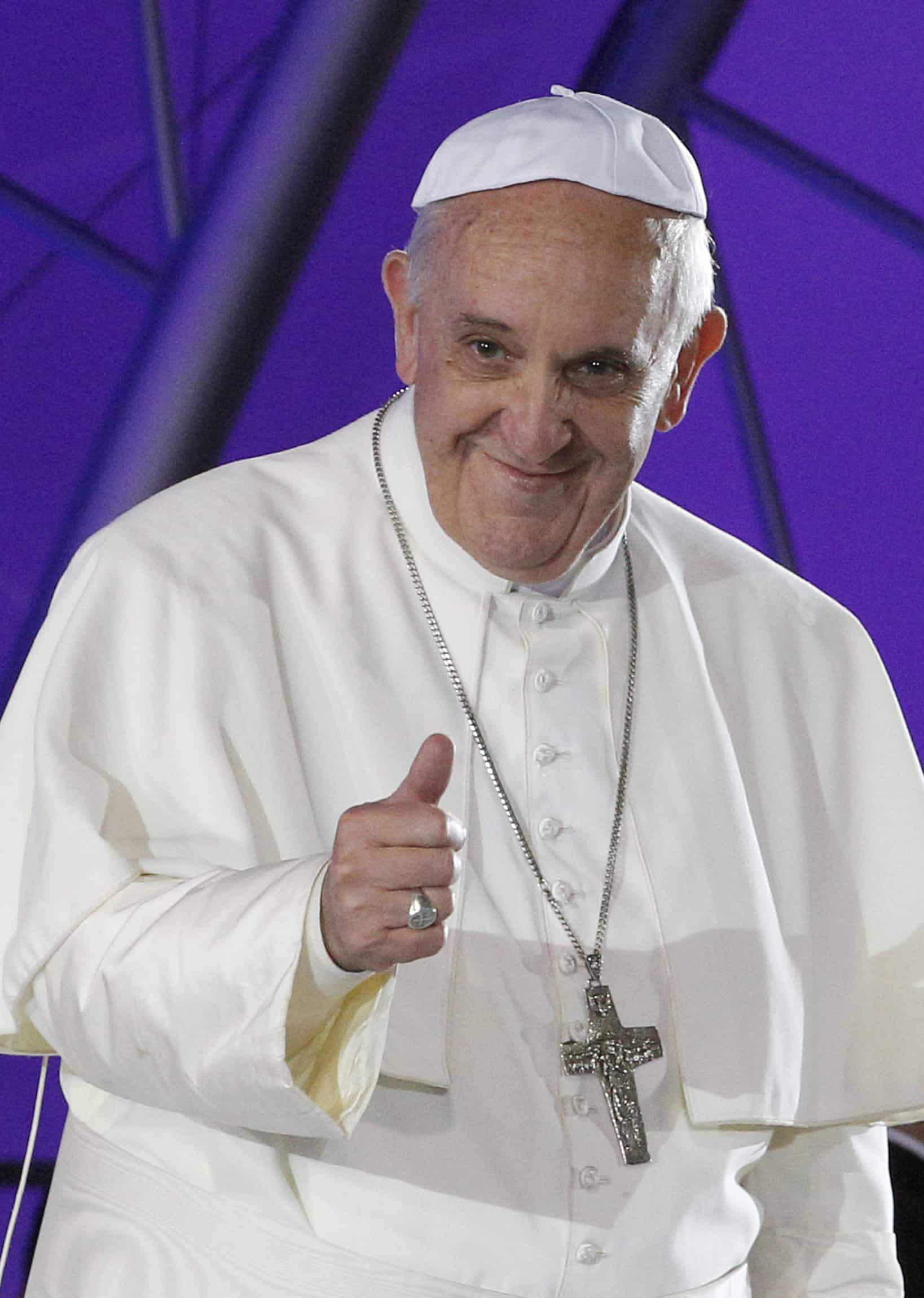
CNS photo/Paul Haring
You had to know this was coming, right?
When Pope Benedict XVI announced his resignation, very few people expected the 76-year-old Argentinian Jesuit, Jorge Mario Bergoglio, to be his successor. In fact, no Jesuit had ever been elected pontiff, and there were no other Jesuit cardinals who were even eligible to vote for Bergoglio.
Nonetheless, when the white smoke rose from the Vatican on March 13, 2013, it signaled the election of the first-ever Jesuit pope, and the first-ever pope from outside of Europe. Heeding the advice of a fellow cardinal to “remember the poor,” he took the name Francis and began a papacy that has definitively marked the Catholic Church of the 2010s.
As we head into the new decade, we continue to pray for Pope Francis, the Church, and the Society of Jesus. May the 2020s be a decade filled with God’s grace at work in our world.


